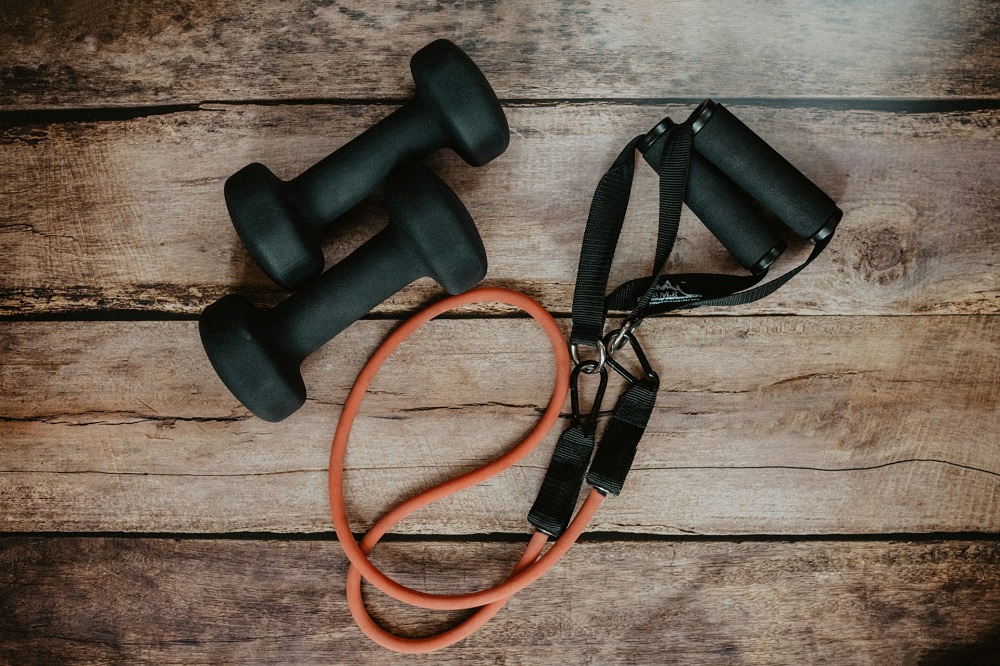How Can We Make Home Exercise Programs Better?

A home exercise program (HEP) is fundamentally a set of carefully chosen exercises created by therapists to maintain or improve their patient’s functional abilities and movement objectives. Each physical therapy home exercise program is distinct and personalized to address the individual’s specific needs, thereby enhancing the therapy’s effectiveness.
A good home exercise program helps patients improve their physical health. However, many people don’t exercise as recommended by their healthcare professional. There are many reasons for this, like not feeling motivated, not having enough time, or finding it hard to exercise.
Importance of Home Exercise Programs
A home exercise program is important for patients to achieve fast recovery during the duration of physical therapy treatment. It is designed to help you stick to a regular routine and reach your fitness objectives. It provides a structured outline for your workouts, fostering creativity and facilitating progress.
How To Make Home Exercise Programs Better?
Improving HEP can be done by considering some important factors. Whether you are a physician or a patient, the following factors will help you create a better home exercise program.
- Understand the Need For HEP
Education and motivation are important in the success of a home workout routine. Knowing the purpose and advantages of each exercise, as well as the proper technique and form, enables individuals to perform the exercises effectively and with confidence.
The home exercise program in physical therapy should include clear instructions on how to perform and sustain the exercises and any potential risks associated with them. The physical therapist’s responsibility extends to monitoring the patient’s progress and making adjustments to the home exercise program as necessary.
- Simple but Effective Exercises
When it comes to working out at home, it’s not necessary to spend a lot of time or money on fancy gym equipment. The key is to find an exercise routine that benefits you and helps you achieve your recovery goals. Creating a workout plan that fits your schedule and available equipment can be helpful. You may not even need any equipment and could benefit from exercises using just your body weight.
For example, when recovering from a leg injury, focus on a leg routine that aligns with your goals and fits your schedule. Research shows that people are more likely to stick with a workout routine that includes two exercises rather than four or more. If a routine feels too long and overwhelming, focus on the most effective exercises and eliminate the rest.
- Motivation & Commitment to HEP
It’s important to stay motivated and committed to a home exercise program. Setting achievable goals, monitoring your progress, and celebrating your accomplishments can help you stay focused on your path to better health and overall well-being.
Establishing both short-term and long-term goals is important, as they give us a clear sense of purpose and direction. To maintain motivation and dedication, it’s beneficial to break large goals into smaller, achievable milestones. Acknowledging and celebrating each milestone, regardless of its size, reinforces our sense of achievement and encourages us to keep pushing forward.
- Make Changes as Needed
Doing the same exercises every day can exhaust patients, so it’s necessary to make changes over time. Using the same exercise can also risk muscle injury rather than improving it.
It’s important to vary your exercise routine to prevent overuse injuries. Repeatedly using the same muscles can lead to strain and injury. Make sure to give your body enough rest between workouts for proper recovery and muscle strengthening. Avoid making a repetitive routine a permanent habit.
- Reach Out to a Supportive Environment
Developing a supportive environment and actively seeking social connections can greatly improve the home exercise program. Sharing your goals and progress with friends, family, or a support network can help you stay accountable and motivated. Working out with a partner or joining an online community with like-minded individuals can create a sense of camaraderie and increase motivation.
- Technology Utilization
Remember to utilize technology to understand physical therapy exercises and instructional videos. Individuals who have access to exercises via an app or website are more inclined to follow through with their Home Exercise Program (HEP).
Whether it’s a dedicated physical therapy app or a website offering exercise resources, the digital landscape provides a wealth of tools to support individuals in their home exercise programs. The visual and interactive nature of instructional videos can enhance the understanding of prescribed exercises, which can help patients do exercises correctly.
Therapeutic Monitoring of Hand Strength
It’s easy to track your progress using modern technology. A physical therapist can use a hand grip strengthener dynamometer to check how you’re doing from far away. This tool helps you make your hands and forearms stronger, improve your grip, and reduce the chance of getting hurt. Exercises like wrist curls, hand squeezes, and finger extensions can also be beneficial. It’s a simple and effective way to boost your hand strength.









